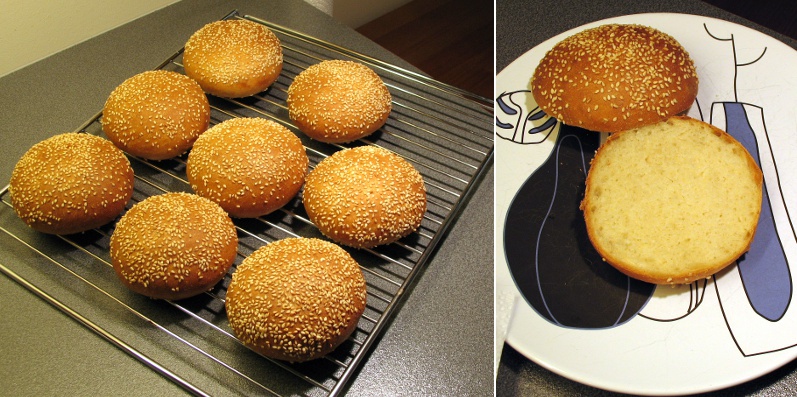(What's for) Breakfast and dinner
A very happy (belated) 4th of July to all American TFL'ers!
Weather's been good lately and I've tried to spend as much time outdoors as possible, so I'm sorry for this late post. To make up for it, I had a go at an all-American favourite this sunday: Yes, you guessed it. And what better way to enjoy a juicy burger than with home-made buns? Here's a link to my recipe.
